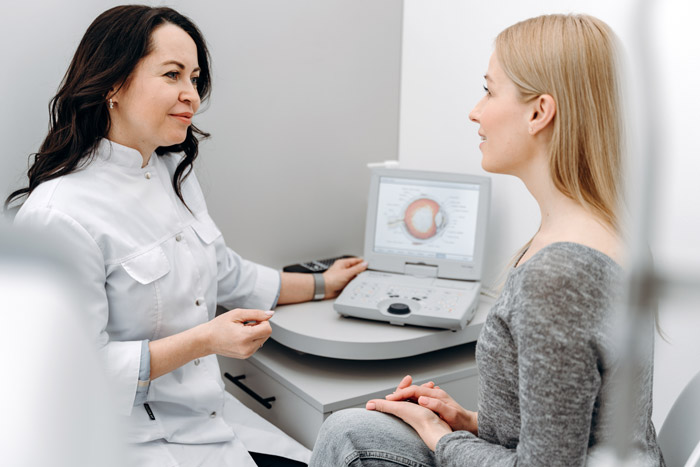Eye Injections and You
Why You May Need Eye Injections
Your doctor may recommend an eye injection if you have an eye condition that requires precise delivery of medication. Eye injections, known as intravitreal injections, place medicine directly into the eye’s vitreous humor—the clear, gel-like fluid between the lens and retina.
This direct approach ensures that the medication reaches the area where it is needed most, allowing it to begin working quickly. Eye injections are typically recommended only when vision loss is a concern and when other, less invasive treatments are not effective or available.

Benefits of Eye Injections Compared to Other Treatments
You might wonder why an injection is necessary instead of simply taking a pill or using eye drops. The answer lies in how the medicine needs to reach your eye. Pills and drops often cannot deliver medication in strong enough doses to the back of the eye, where many serious conditions occur. Surgery, while sometimes effective, carries greater risks and a longer recovery time.
Eye injections provide several key benefits:
- Direct delivery: Medication reaches the retina quickly and effectively.
- Lower risk of side effects: Because the medicine stays mostly in the eye, there is less chance of it affecting the rest of the body.
- Proven track record: Injections are now the gold standard for managing dry AMD, diabetic retinopathy, and other vision-threatening conditions.
What to Expect During the Procedure
It’s normal to feel anxious about the idea of an injection in your eye, but the process is much more straightforward and more comfortable than most patients expect.
Before the injection, your eye will be numbed with either eye drops or a gel, and an antiseptic will be applied to prevent infection. A small device is gently placed to keep your eyelids open and your eye steady. You’ll be asked to look in a specific direction, and you may feel slight pressure during the injection itself.
The entire procedure takes less than five minutes and is over before you know it. Many patients are surprised at how quick and painless the process is.


What Happens After an Eye Injection?
Once the injection is complete, your eye and eyelid will be cleaned. Some patients experience mild irritation, tearing, or a gritty sensation in the hours after the injection, but these symptoms usually fade quickly.
It’s also common to see a small red spot on the white of the eye. This may look alarming, but it is harmless and typically clears up within a week. Your vision may be slightly blurry for a short time, but most patients return to their normal activities the same day.
Your doctor will schedule follow-up appointments to monitor your progress and determine if additional injections are needed. For many conditions, regular injections are part of a treatment plan designed to maintain vision over time.
Eye Injections at Buffalo Ophthalmology
Eye injections may not be the first treatment that comes to mind, but they represent one of the most significant breakthroughs in modern ophthalmology. At Buffalo Ophthalmology, our skilled team uses intravitreal injections to successfully manage conditions like AMD and diabetic retinopathy, helping patients maintain healthy vision and quality of life.
If you’re a candidate for eye injections, you can count on our experienced team to guide you through the process with care, precision, and compassion. Protecting your vision is our top priority, and we are committed to making your treatment as easy and effective as possible.

Request An Appointment
"*" indicates required fields

